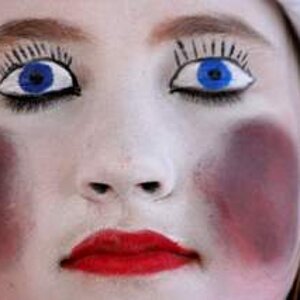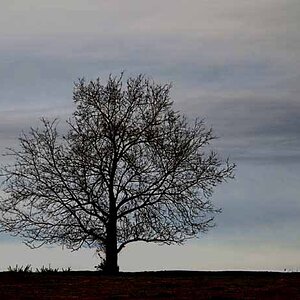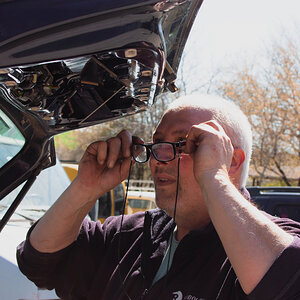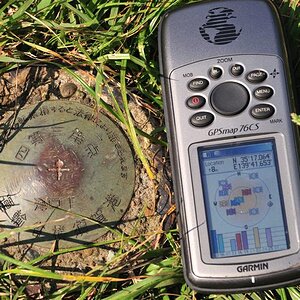ksmattfish
Now 100% DC - not as cool as I once was, but still
- Joined
- Aug 25, 2003
- Messages
- 7,019
- Reaction score
- 36
- Location
- Lawrence, KS
- Website
- www.henrypeach.com
- Can others edit my Photos
- Photos NOT OK to edit
I was digging through old pics, and I found this example of using a polarizing filter. Nothing special about the subject or composition, but I think it is a good example of the effects of a pol filter.
I don't remember the kind of film. These were shot on a tripod with a Norita 6x6 w/80mm f/2 lens.
Without polarizing filter

Same scene at the same time with a polarizing filter

I don't remember the kind of film. These were shot on a tripod with a Norita 6x6 w/80mm f/2 lens.
Without polarizing filter
Same scene at the same time with a polarizing filter


![[No title]](/data/xfmg/thumbnail/39/39645-11fae384f9fd2ec2813acc42adec0206.jpg?1619739148)




![[No title]](/data/xfmg/thumbnail/37/37118-b2220638658eaeed2b9256c9a8fd0cf0.jpg?1619737883)


![[No title]](/data/xfmg/thumbnail/32/32808-9d1f657a1903d3bdbd67ea830397d62c.jpg?1619735668)

